[elementor-template id=”32″]
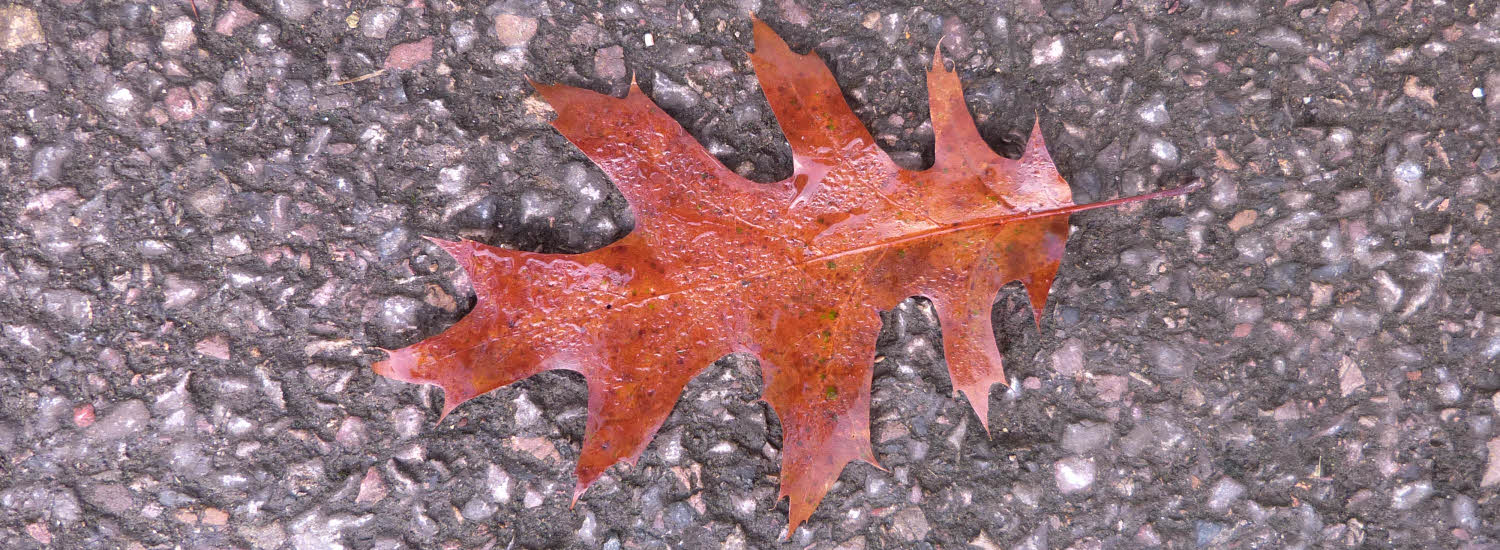
Autumn
What to look out for in autumn
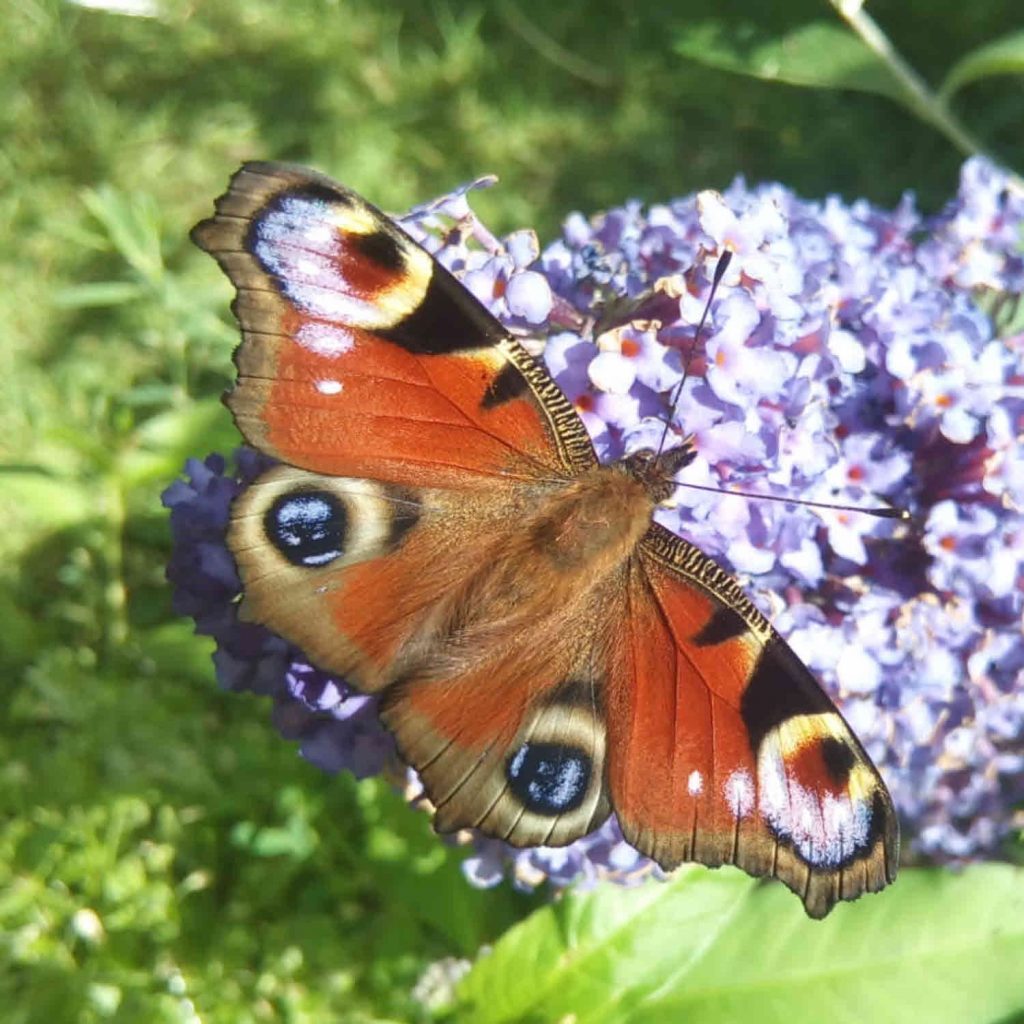
Autumn butterflies
The peak of butterfly activity is during the warmth of summer but as the nights draw in and the temperature drops there are still some beauties on the wing.
Most adult Red Admirals migrate south for the winter, travelling as far as North Africa. Others are busy building up fat reserves before hibernating as adults here in the UK.
The Speckled Wood is the only UK species which can hibernate as either a caterpillar or a pupa. These emerge early in spring and produce a second brood which are at their peak in autumn.
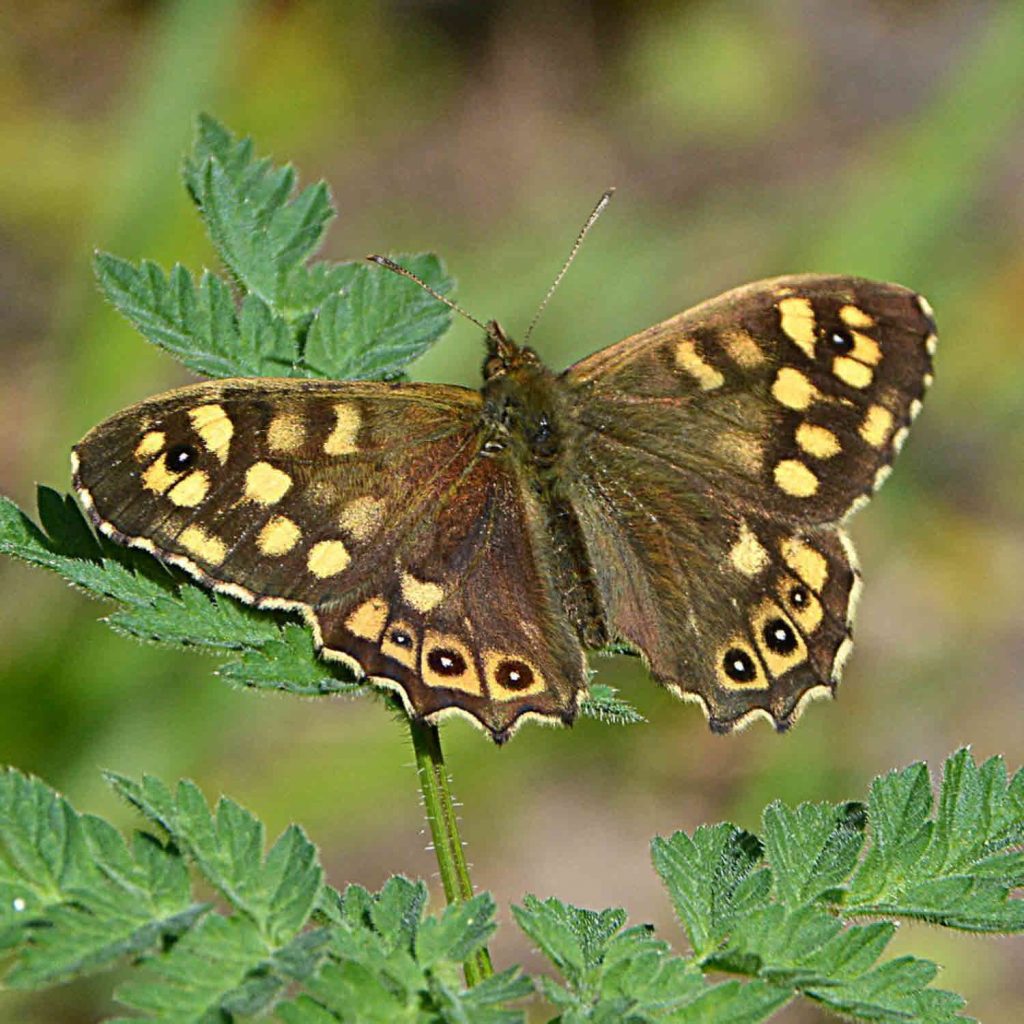
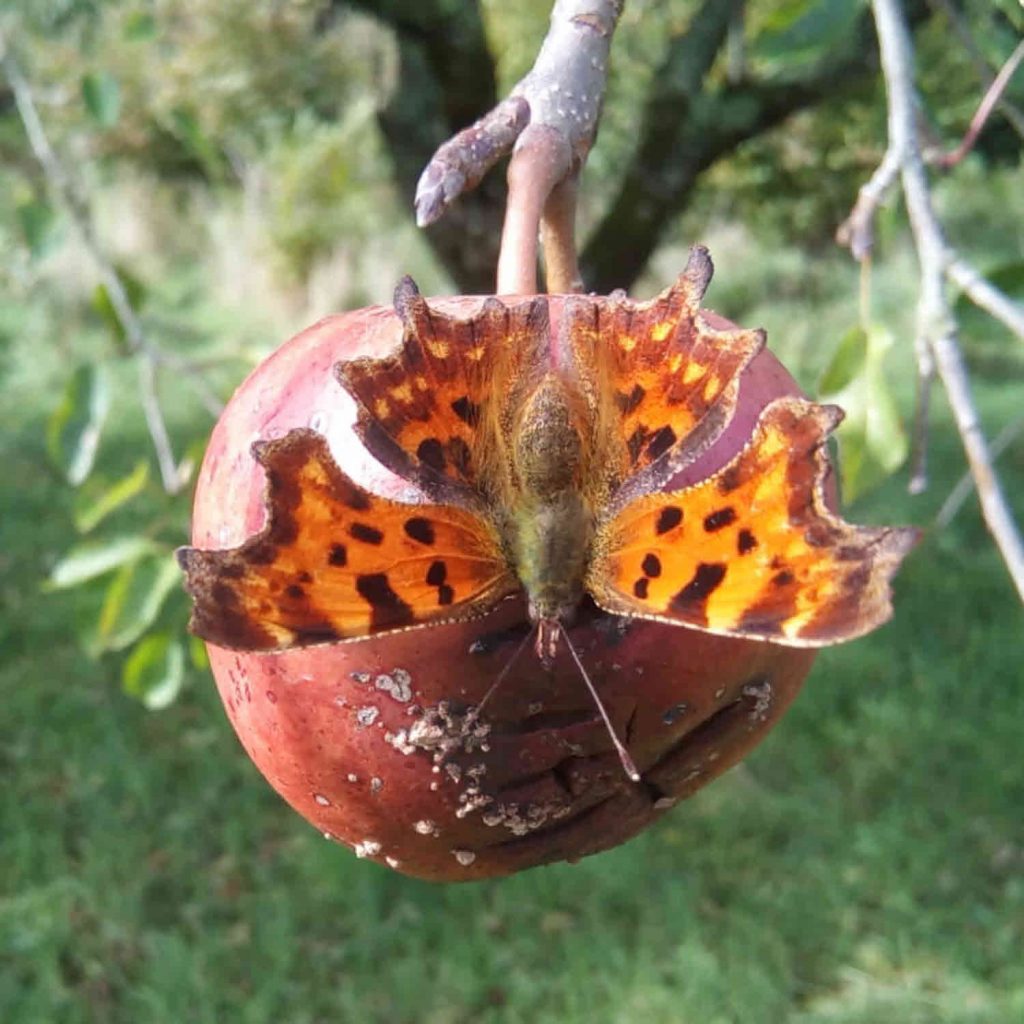
Commas are the earliest caterpillars to emerge grow rapidly, breed and die in their first summer producing a second brood appearing in the autumn.
Those who emerge later wait until the following spring living around 10 months. Some 1st and 2nd brood are therefore on the wing at the same time in autumn boosting numbers. They use their excellent camouflage to hide as adults overwinter ready to breed the following spring.
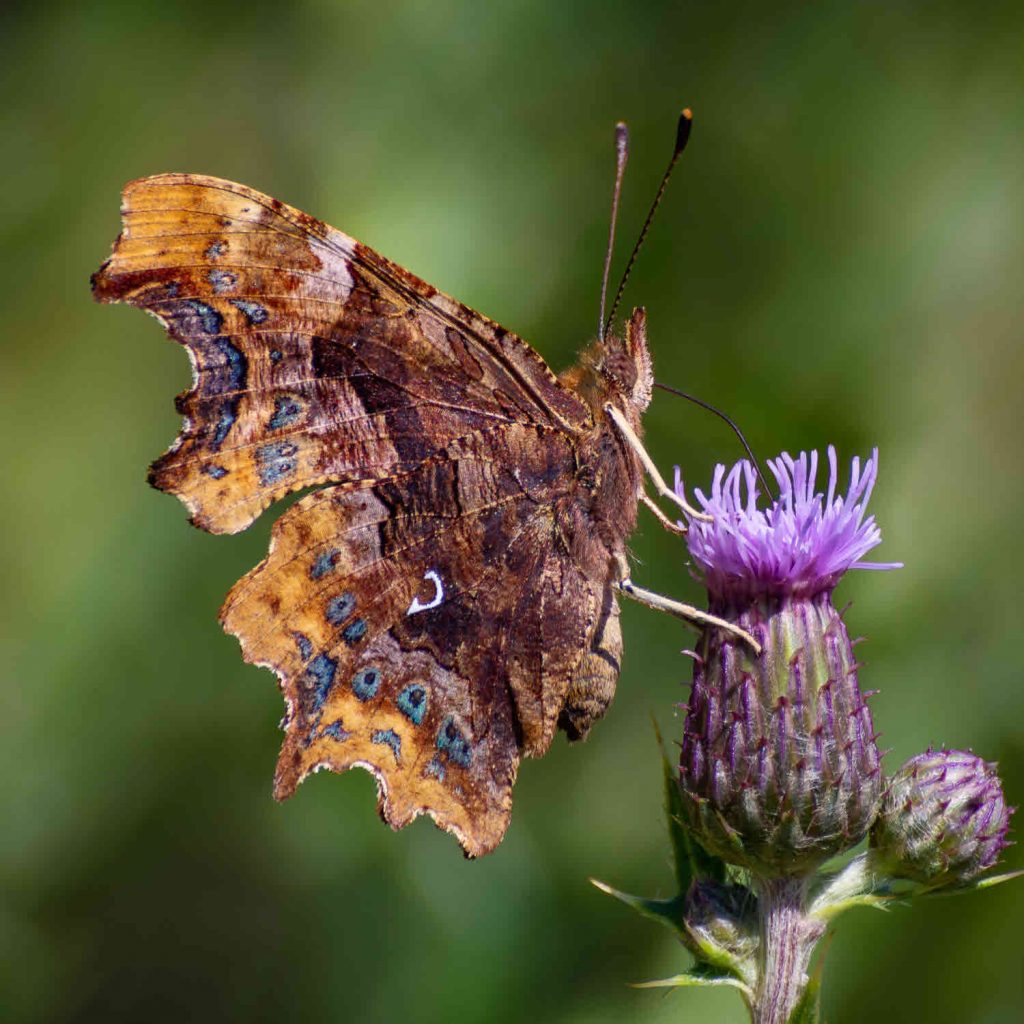
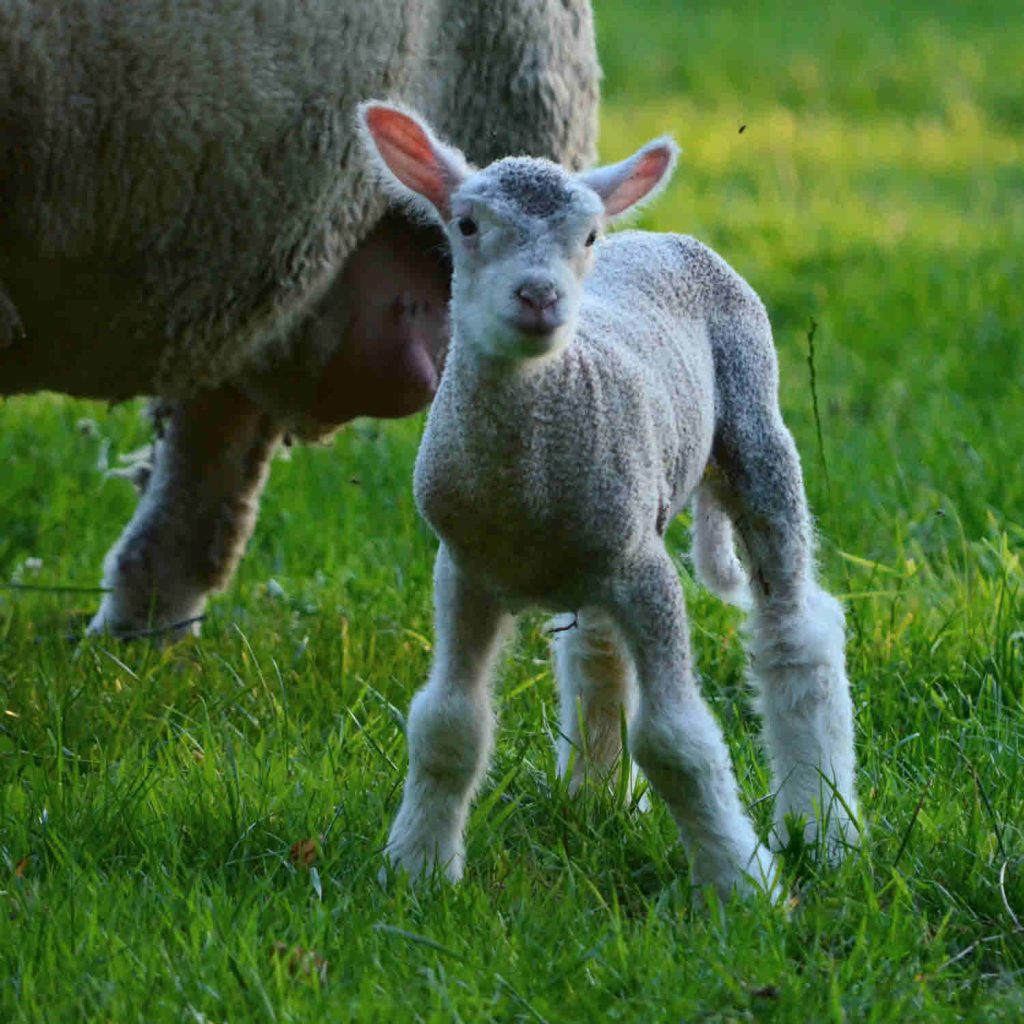
Autumn lambing
Why does the Friary have little lambs running around in autumn? I thought that lambs were born in spring! Most lambs are born in spring because that is when the grass is growing. Nature and most farmers want to have the largest number of grazing animals when there is the most grass- through the spring and summer.
The sheep at the Friary cannot go on our wildflower meadows during the spring and summer because they would eat the flowers. This means we actually have less grass available for them until autumn. Just like on other farms we match lambing time with when we have the most grass.
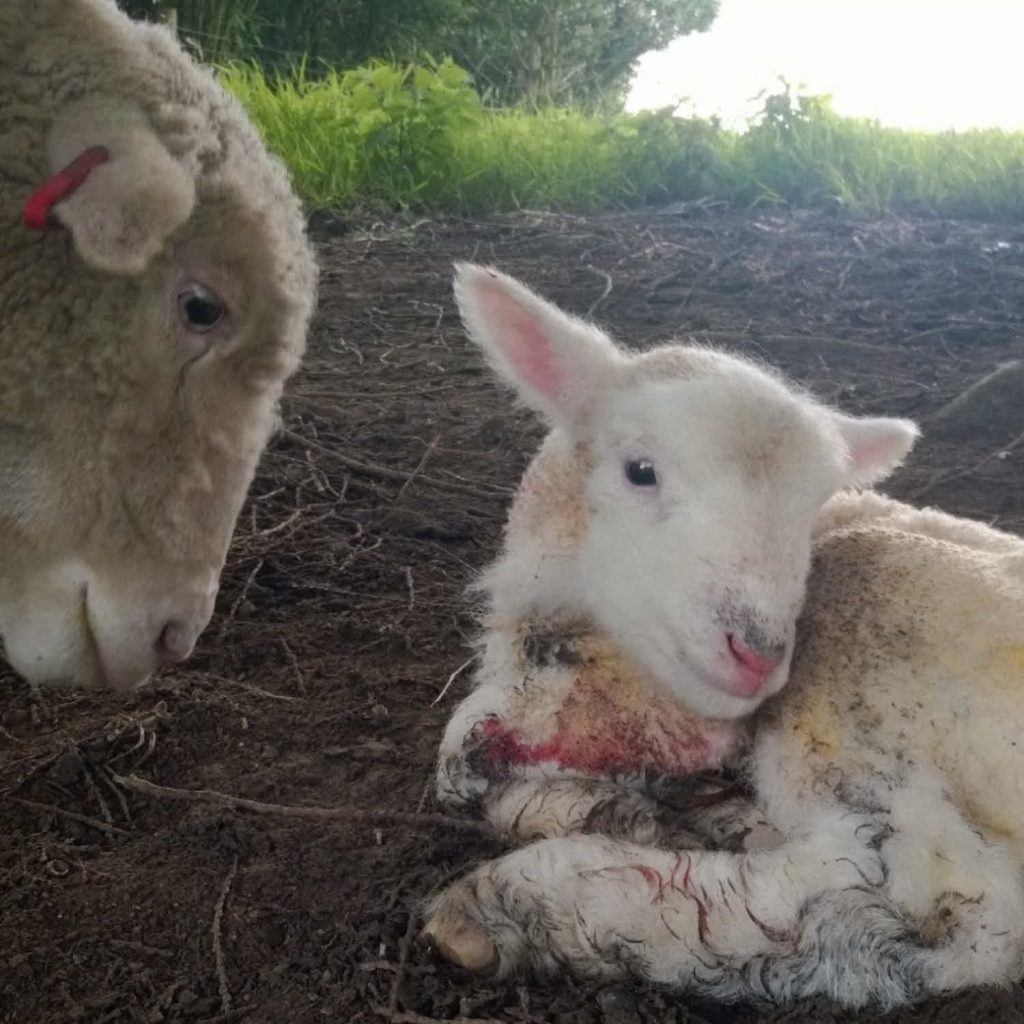
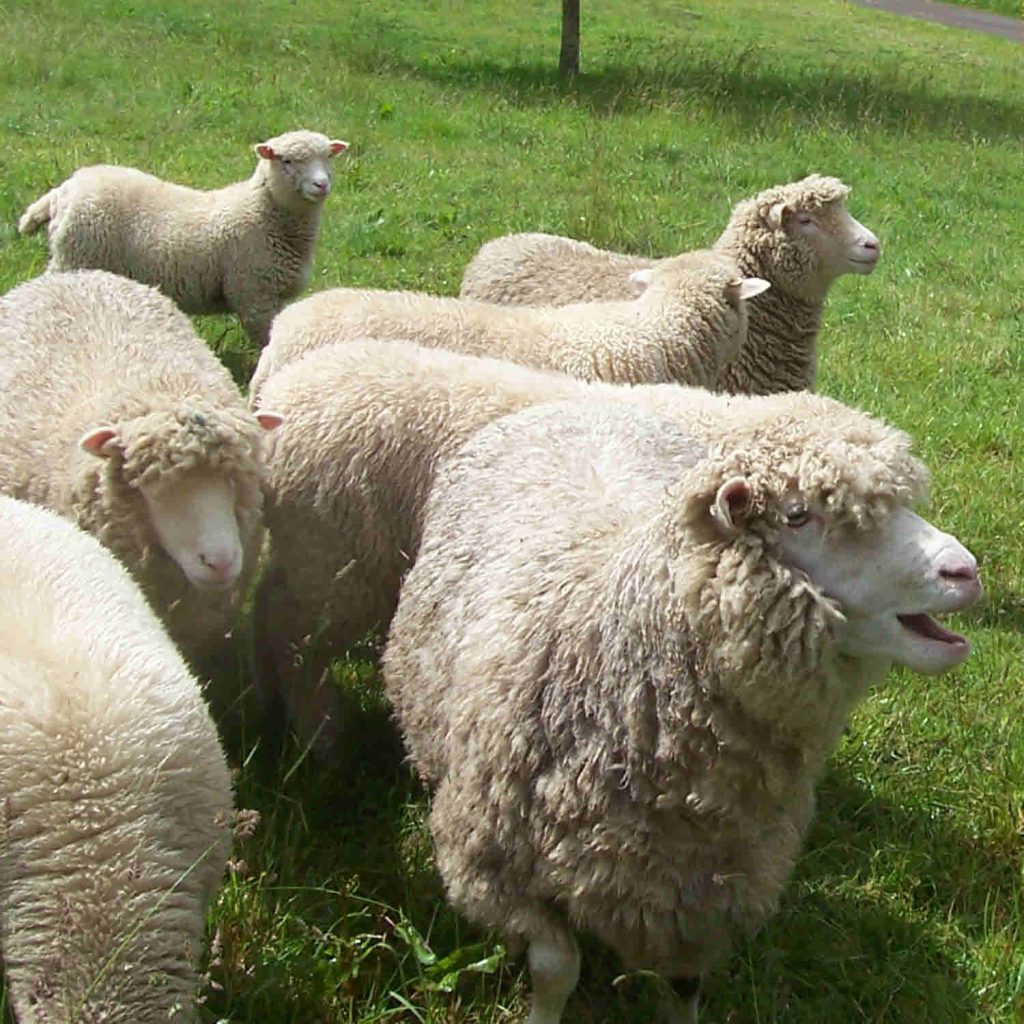
We keep Poll Dorset sheep as they are one of the few breeds able to have lambs at this time of year. The lambs grow throughout autumn and winter.
We then reduce their numbers again in spring so we have enough grazing when we close up the wildflower meadows.
During the late 1950’s hornless Dorset sheep, developed in Australia, were introduced to the UK and rapidly grew in popularity.
By 1974 there were more Poll Dorsets registered than Dorset Horns.
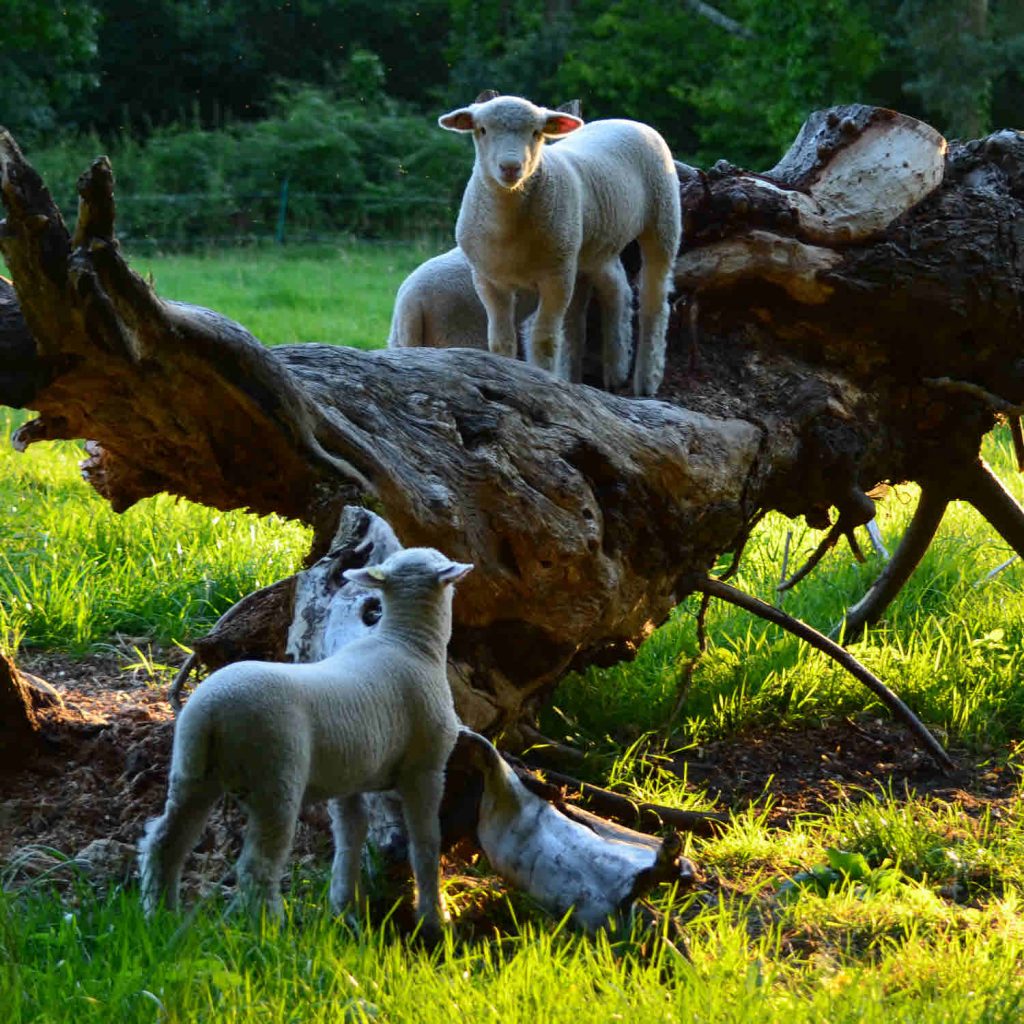
Where possible Hilfield Friary’s photo bank is used. Other sources are copyright free.
[elementor-template id=”172″]